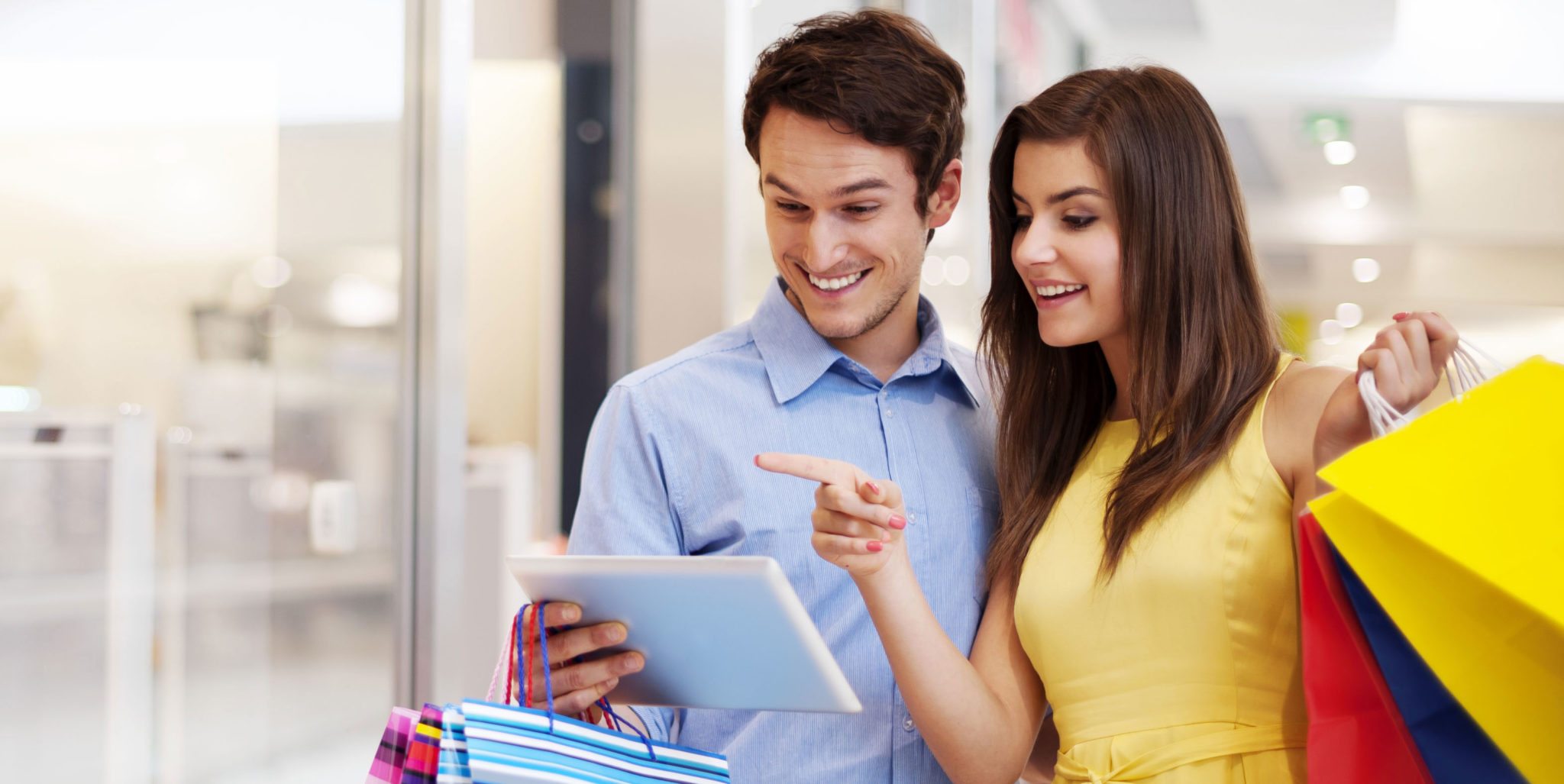Technology can be great — after all, it gave consumers the ability to stay at home and shop in their pajamas. Just for that reason, it can also be an infuriating competitor for malls and shopping centers. However, the deft usage of new tech applications is helping these complexes remain relevant so they can continue to woo consumers who might otherwise shop online.
[quote]Westfield Corporation looked at the shifting retail landscape and chose to face the digital challenge head on. In October 2012, it created Westfield Labs, located in San Francisco. It serves as a global digital lab focused on “innovating the retail ecosystem.” Using social, mobile and digital market opportunities, it works to bring the digital shopper to the physical world.
Westfield Corporation’s 40 centers worldwide generated more than 425 million customer visits last year.
“As shopper expectations and desires in both the physical and digital worlds shift, our goal is to bring them the most unified, intuitive and personalized shopping experience possible,” says Lindsey Thomas, vice president.
On average, consumers shop for apparel in-store twice per month, and once per month online, according to the Cotton Incorporated Lifestyle MonitorTM Survey. On average, they spend 99 minutes clothes shopping in-store and 105 minutes online.
The International Council of Shopping Center’s Jesse Tron, spokesperson, says retail complexes have two major objectives: how to keep shoppers who do everything on their mobile devices connected so they’ll stay at the center longer; and how to make the mall easier and more efficient for those pressed for time.
“There’s an omnichannel experience happening here for most consumers, where they’re purchasing and looking at things through different means and devices,” says Tron who says the in-store technology targets the consumer who is comfortable with technology. “Right now, 50% of online sales are going to the retailers who already have a brick and mortar presence. But overall, only 6% of sales occur online and 94% are in-store. So retailers are looking to enhance that experience because they know the shoppers will come in.”
Nearly 6 in 10 consumers (59%) say they shop for apparel online to compare prices at different retailers, according to Monitor™ data. When they do head to the stores, almost a quarter of all shoppers shop for most of their clothing at mass (24%) or chain (24%) stores, followed by department (14%) and specialty (11%) stores.
All stores benefit when centers offer mall-wide WiFi, as Westfield, Simon and General Growth Properties do, Tron says.
“Another thing involves beacon technology, [where a store can detect a nearby shopper’s phone and send messages]. For instance, a mall could give an extra 10% off your entire purchase that day. Or it could partner with a store and say, ‘If a customer crosses the threshold for XYZ retailer, they’ll enjoy 50% off, so hurry there.’ They could promote new stores, or events. Also, say you’re at a shopping center that’s completely outfitted with beacon technology. You’ve just done all your shopping, you’re having coffee and you remember you need to get a package of undershirts. You can connect to Bluetooth and see Gap has a packet of undershirts, which your phone can pay for automatically. This way, as you’re on your way out, Gap just hands you a package and you’re done. It expedites and brings efficiency to your shopping.”
Westfield Labs aims to make things as attractive and efficient as possible. Currently, it’s piloted a number of new technologies with plans for growth this holiday season, Thomas says.
“One of our most innovative pilots brought online and offline shopping together with the launch of three digital storefronts in the Westfield San Francisco Shopping Centre last holiday season,” Thomas says. “Shoppers were able to touch and interact with giant 10-foot-tall touch screens for Sony, TOMS and Rebecca Minkoff, and select and purchase over 100 products (purchase completed via mobile). By reimagining ‘window shopping,’ we were able to create engaging new retail and brand interactions.”
Westfield Labs also developed the next generation of digital storefronts that are currently activated at Garden State Plaza in New Jersey, offering visitors an interactive and visually stunning display of retail products from Ann Taylor, Nordstrom, Microsoft, Bose, Michael Kors, Vince Camuto, and more. Visitors are able to discover new retailers and their products by scrolling, zooming, and rotating through curated collections of ultra-high definition images on 7-foot-tall touch screens, which also display a map of exactly where products are available in the shopping center — thus driving foot traffic to retail stores.
Last holiday, Westfield Labs also piloted same-day delivery with Deliv Inc., a delivery service that brought purchases either to shoppers’ homes or another location of their choosing — benefiting shopper and store alike.
Currently, the majority of shoppers (55%) “love or enjoy clothes shopping,” up from 53% in 2013, according to Monitor™ data, and these latest tech efficiencies are bound to increase that even further.
“As an industry, we’re realizing that not everyone is tech savvy, and we can’t lose site of the fact that shopping is social. But we have to update and evolve and do all that makes it easier and efficient — while keeping it enjoyable for those consumers who love the shopping experience.”
